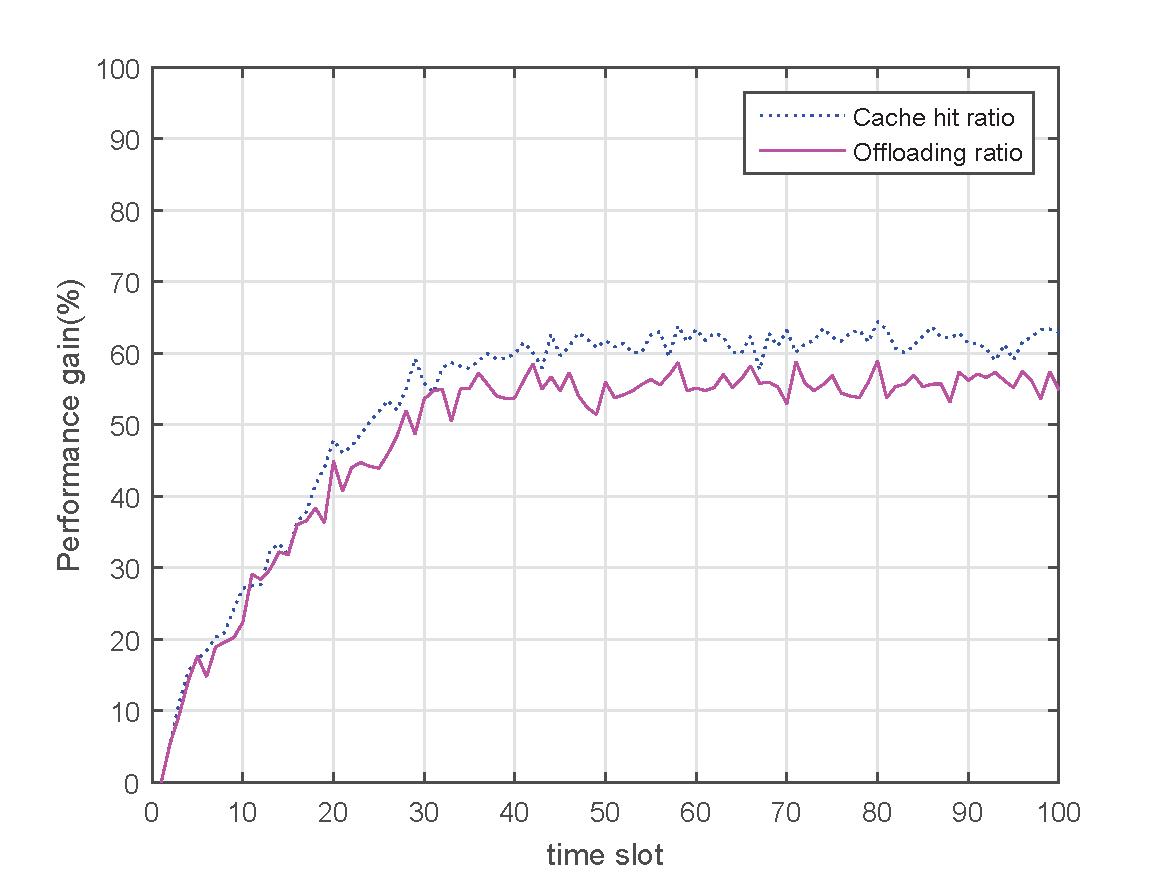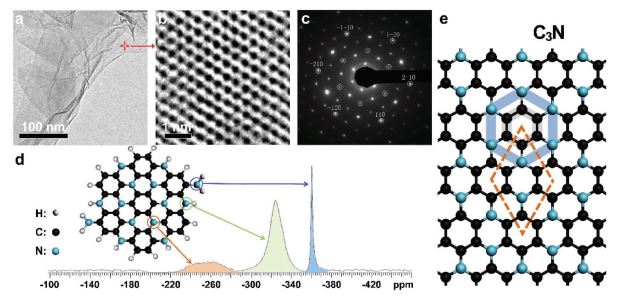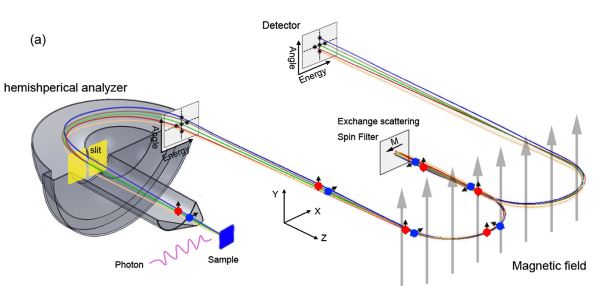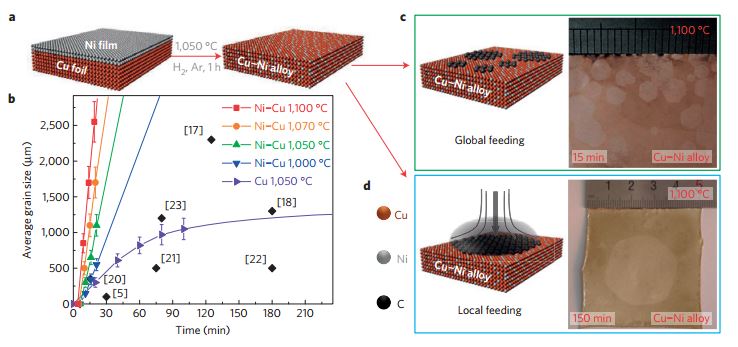-
09-06-2017
Distributed Channel Allocation Scheme for Wireless Interference Avoidance in Smart Grid
Herein, we propose a distributed channel allocation scheme for power distribution wireless communication systems in smart grid. By defining the priority for each user equipment (UE), the wireless channels are allocated for each interrupted UE efficiently. Since the UEs obtain their priorities based on the local information, the proposed channel allocation scheme is scalable, and therefore suitable to be deployed in large wireless networks. Furthermore, numerical simulations are conducted for performance analysis and good results are obtained using the proposed scheme.[ Learn more ]
-
09-06-2017
Maximized traffic offloading by content sharing in D2D communication
This paper studies the cellular offloading in a content sharing network (CSN) where some mobile devices functioned as caching contributors can provide the nearby devices with popular contents on demand via D2D communication links. In consideration of the inherent selfishness of mobile users, the main challenge turns to be how to urge the device to conduct content sharing actively acting as the contributory caching device (CCD) via D2D link. To facilitate content sharing, a contribution-based incentive mechanism is introduced to encourage the CCDs. We formulate selectively caching problem as a matching problem and put forward a caching strategy to determine whether to cache some particular contents using Kuhn-Munkres algorithm. And the pe...[ Learn more ]
-
02-11-2017
C3N—A 2D Crystalline, Hole-Free, Tunable-Narrow-Bandgap Semiconductor with Ferromagnetic Properties
Here the authors report on the controllable large-scale synthesis of C3N, a 2D crystalline, hole-free extension of graphene, its structural characterization, and some of its unique properties. C3N is fabricated by polymerization of 2,3-diaminophenazine. It consists of a 2D honeycomb lattice with a homogeneous distribution of nitrogen atoms, where both N and C atoms show a D6h-symmetry. C3N is a semiconductor with an indirect bandgap of 0.39 eV that can be tuned to cover the entire visible range by fabrication of quantum dots with different diameters. Back-gated feld-effect transistors made of single-layer C3N display an on–off current ratio reaching 5.5 × 1010. Surprisingly, C3N exhibits a ferromagnetic order at low temperatures (<96 K...[ Learn more ]
-
09-06-2017
Multichannel Exchange-Scattering Spin Polarimetry
Electron spin plays important roles in determining the physical and chemical properties of matter. However, measurements of electron spin are of poor quality, impeding the development of material sciences, because the spin polarimeter has a low efficiency. Here, we show an imaging-type exchangescattering spin polarimeter with 6786 channels and an 8.5 × 10?3 single channel efficiency. As a demonstration, the fine spin structure of the electronic states in bismuth (111) is investigated, for which strong Rashba-type spin splitting behavior is seen in both the bulk and surface states. This improvement paves the way to study novel spin related phenomena with unprecedented accuracy[ Learn more ]
-
09-06-2017
Fast growth of inch-sized single-crystalline graphene from a controlled single nucleus on
By locally feeding carbon precursors to a desired position of a substrate composed of an optimized Cu–Ni alloy, we synthesized an ~1.5-inch-large graphene monolayer in 2.5 h. Localized feeding induces the formation of a single nucleus on the entire substrate, and the optimized alloy activates an isothermal segregation mechanism that greatly expedites the growth rate5,6. This approach may also prove eective for the synthesis of wafer-scale single-crystalline monolayers of other two-dimensional materials.[ Learn more ]





